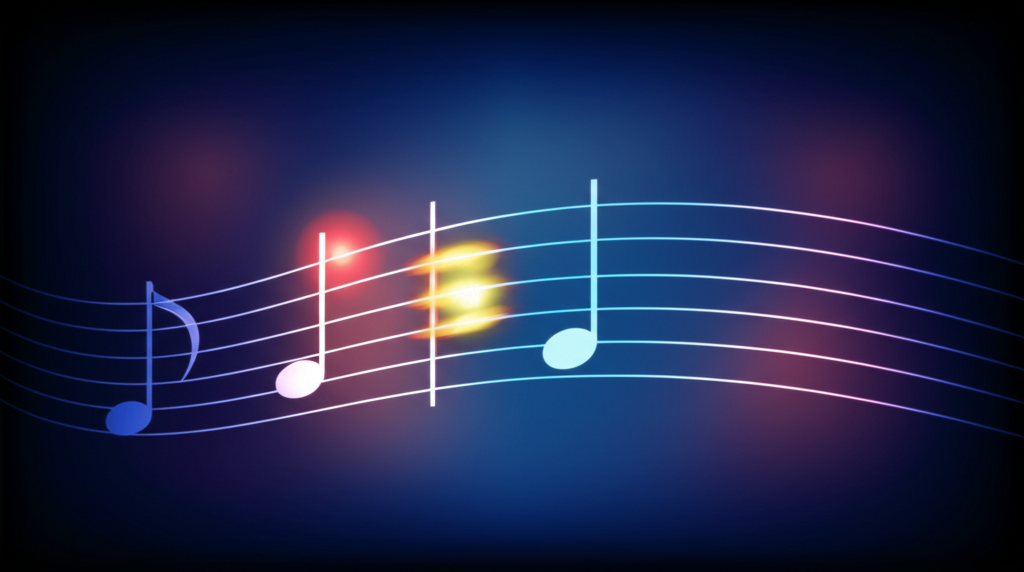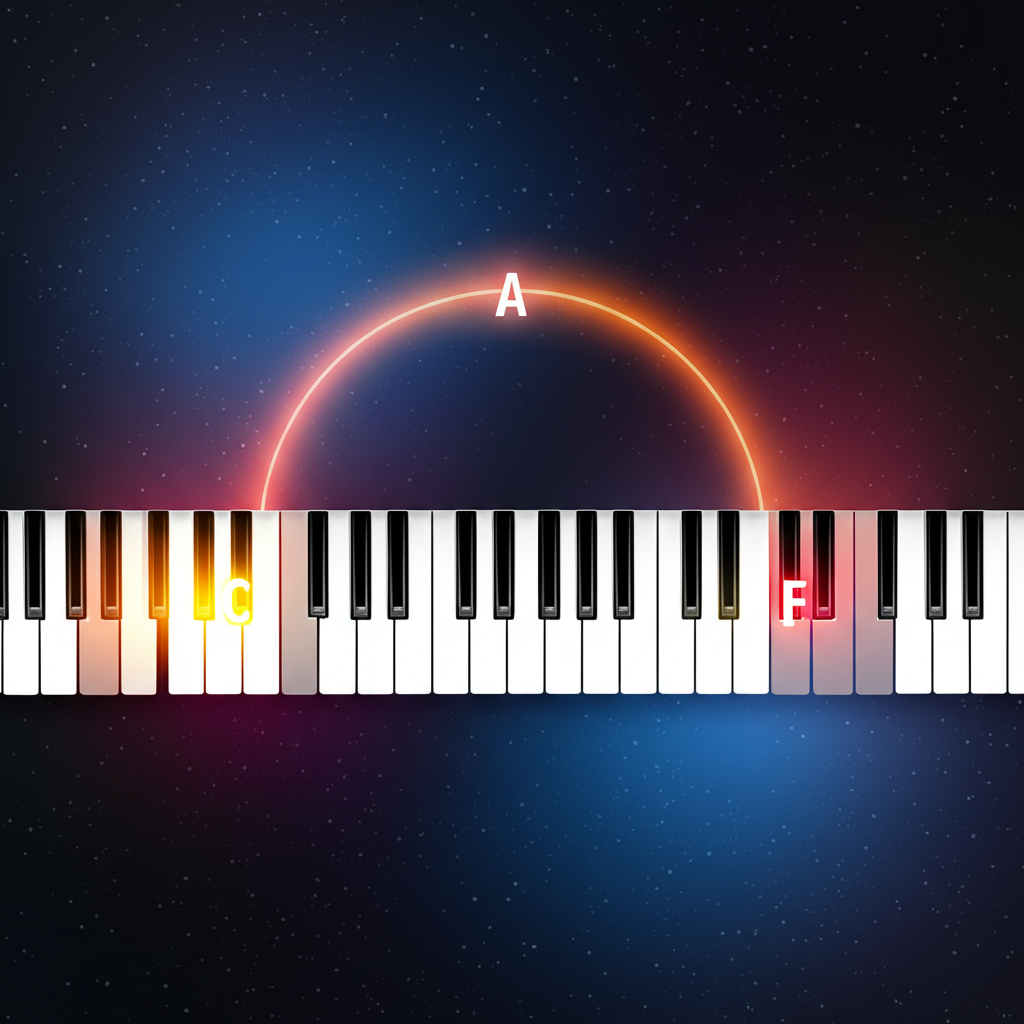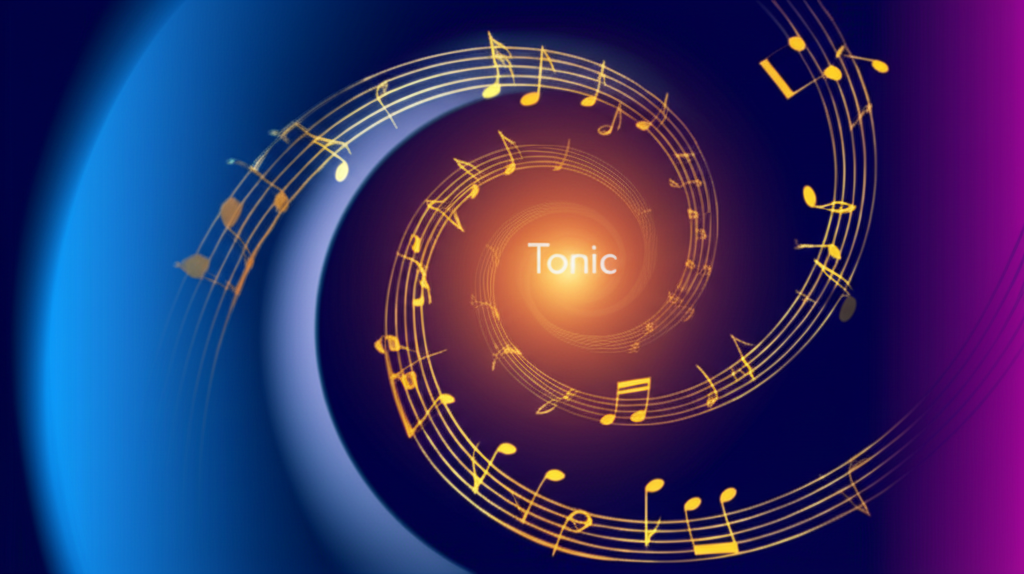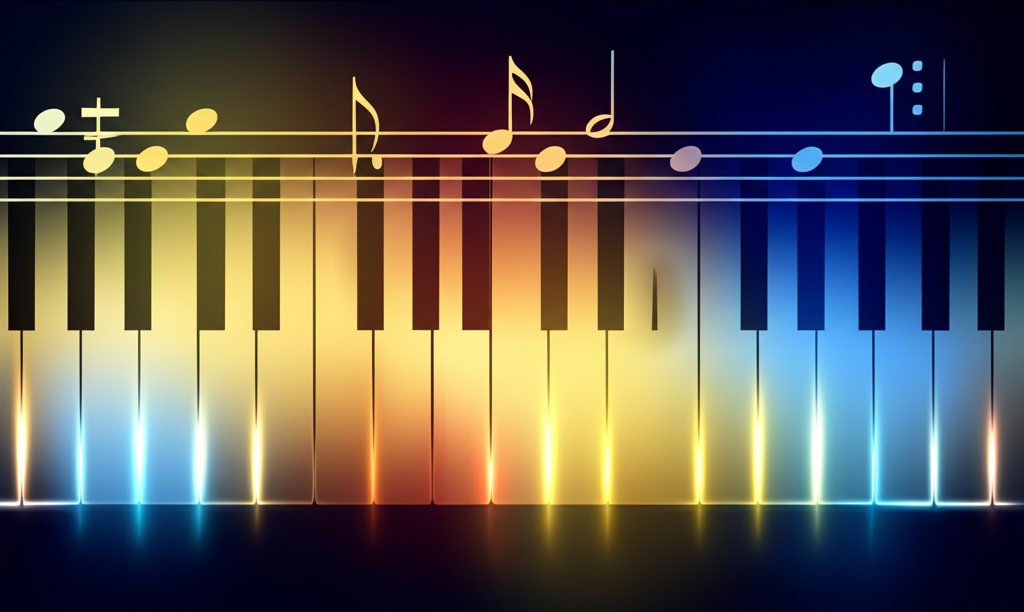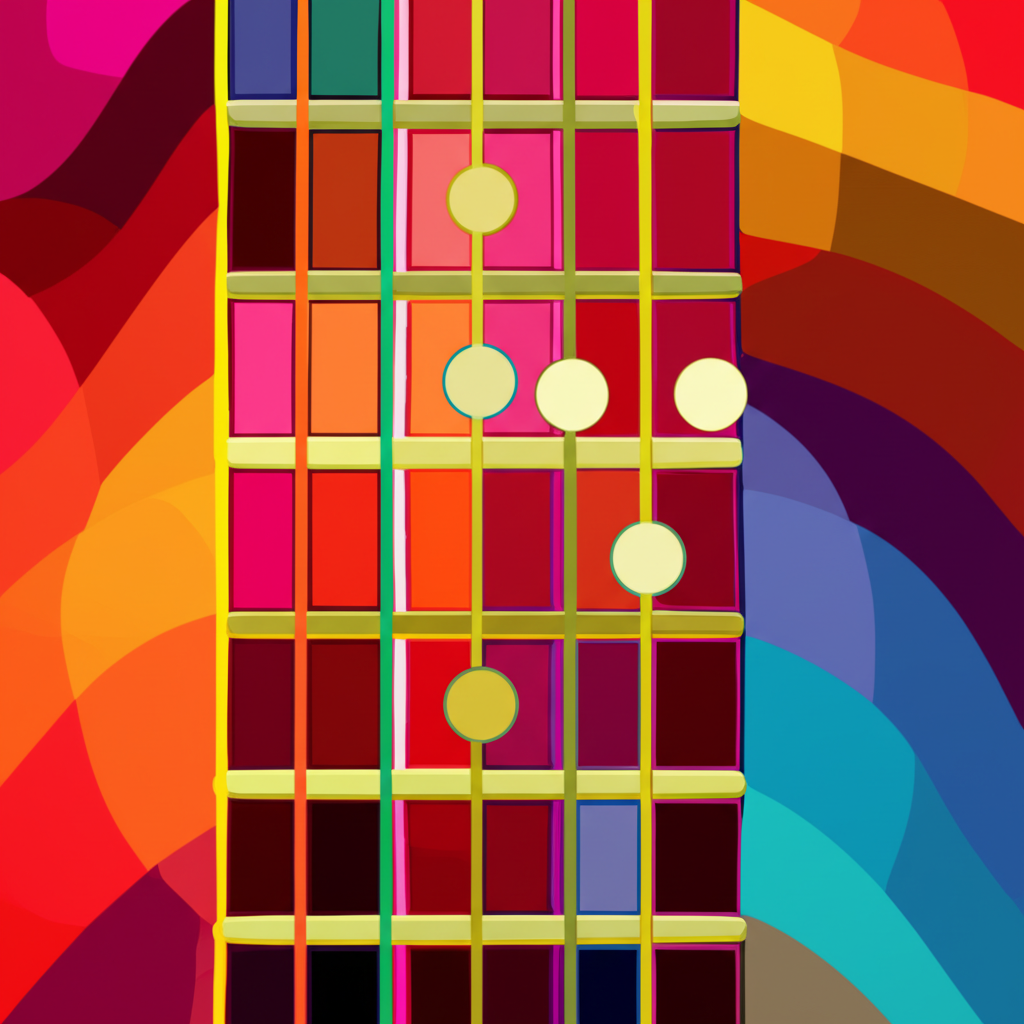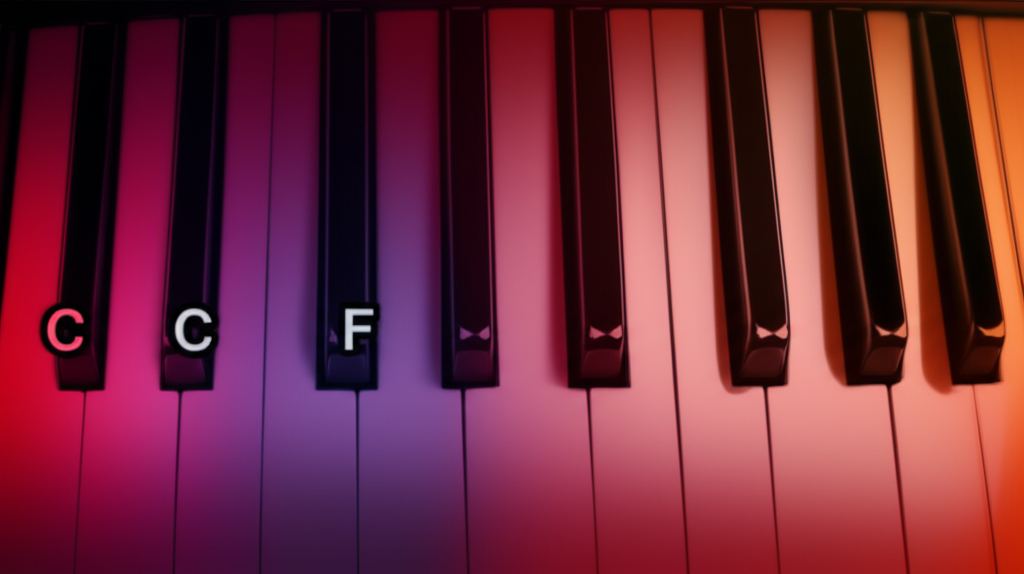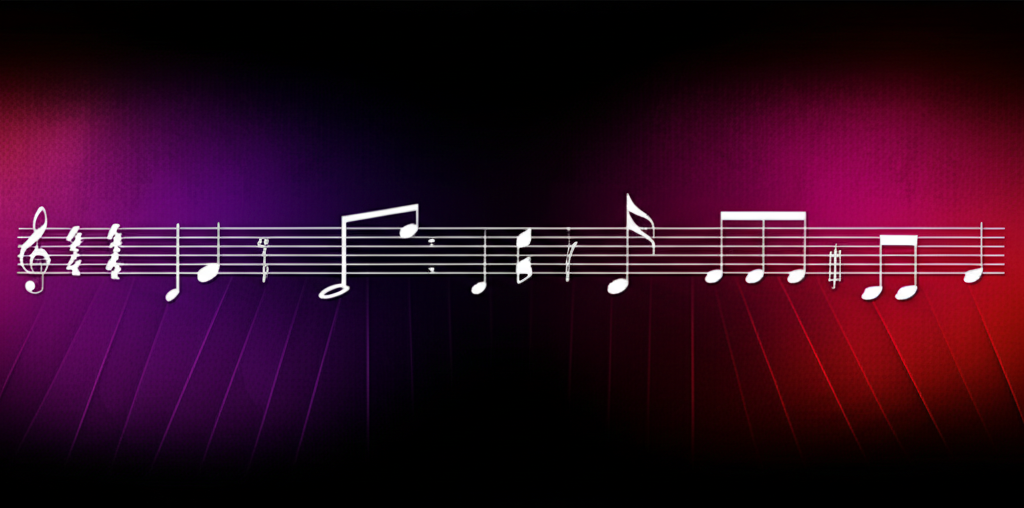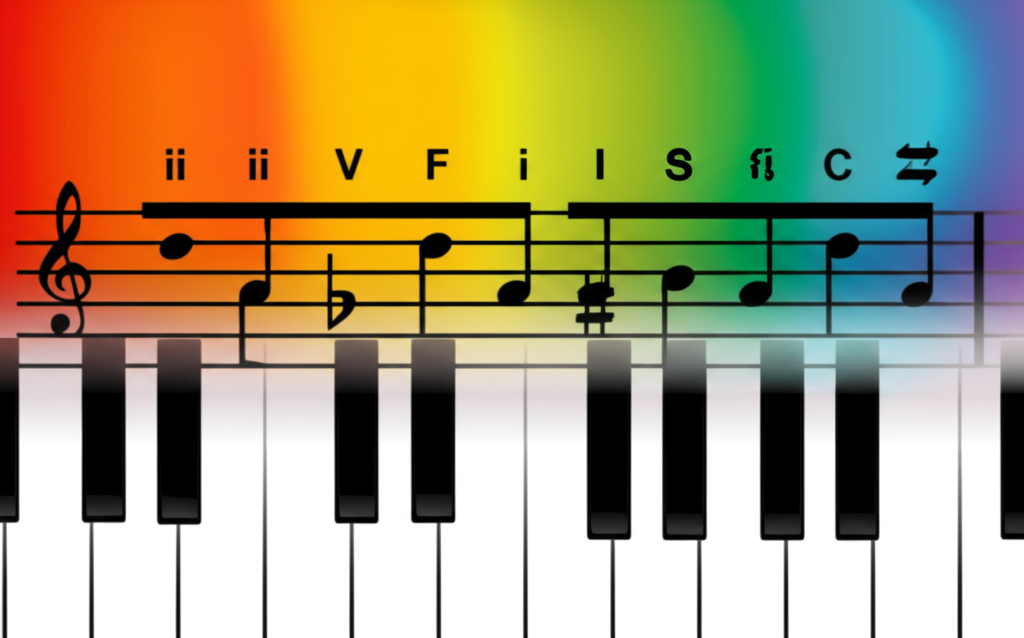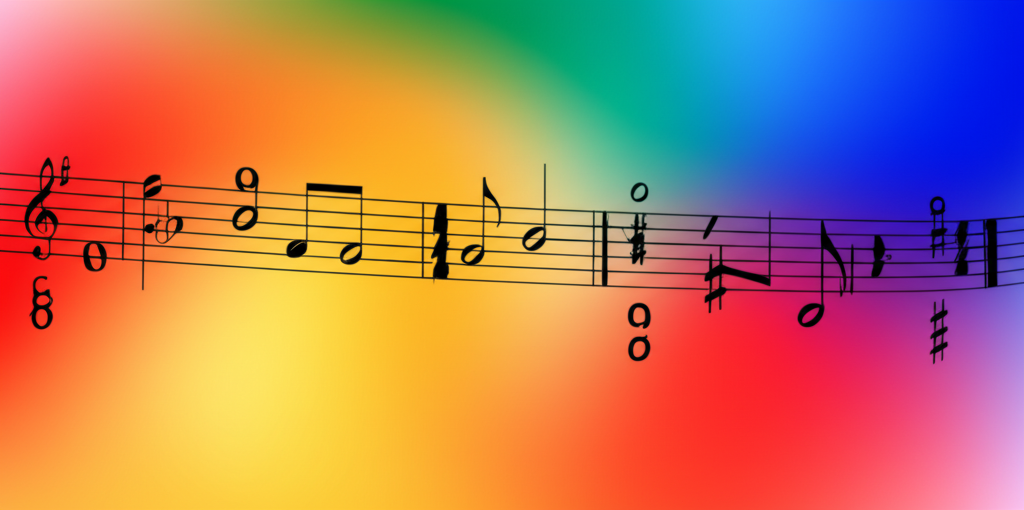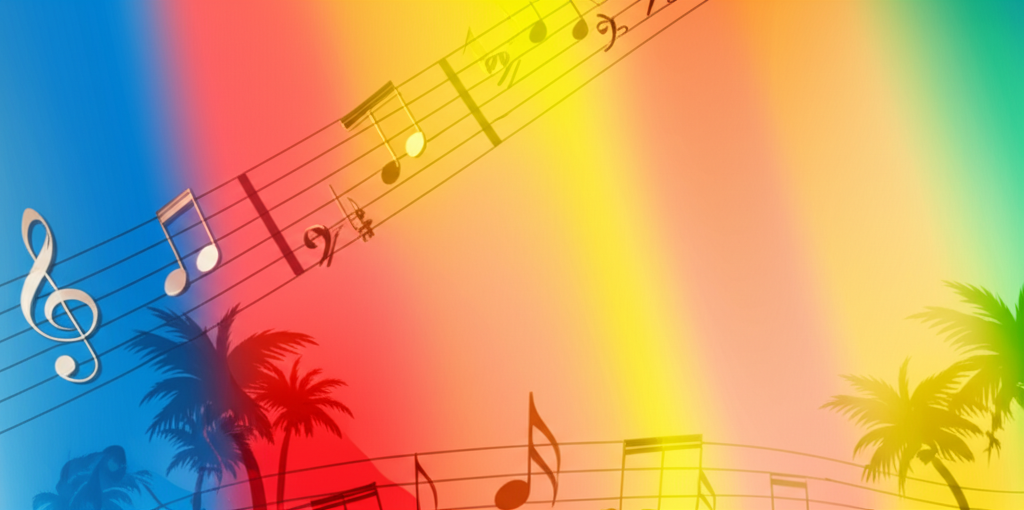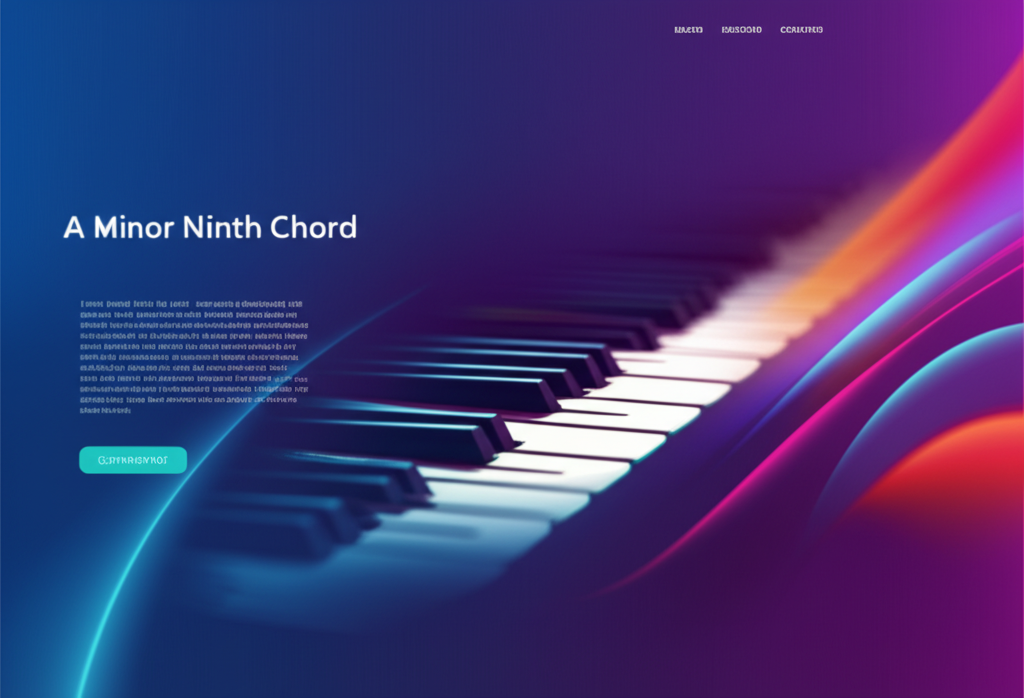
Minor Ninth Chord: Dark Sophistication in Extended Harmony

b4n1
June 14, 2025, 7:03 p.m.
Minor Ninth Chord: Dark Sophistication in Extended Harmony
Summary:
The minor ninth chord (m9) is a rich, sophisticated harmony that combines the melancholic quality of a minor seventh chord with the added color of a major ninth interval. This five-note chord creates a smooth, introspective sound that is fundamental in jazz, neo-soul, and contemporary music.
Keywords:
minor ninth, m9 chord, minor harmony, extended chords, jazz harmony, neo-soul, smooth jazz, modal harmony
Introduction:
The minor ninth chord stands as one of the most emotionally expressive chords in the extended harmony family. By adding a ninth interval to the already rich minor seventh chord, we create a harmony that is both sophisticated and deeply moving. This chord has become synonymous with smooth jazz, R&B, and contemporary gospel music, where its lush sound provides the perfect backdrop for melodic expression and harmonic sophistication.
Definition and Classification:
A minor ninth chord consists of five notes: the root, minor third, perfect fifth, minor seventh, and major ninth. The chord formula is 1-♭3-5-♭7-9. This extension of the minor seventh chord maintains the minor quality while adding the bright color of the ninth interval.
Chord Construction:
- Root: The foundation note of the chord
- Minor Third: Three semitones above the root (♭3)
- Perfect Fifth: Seven semitones above the root (5)
- Minor Seventh: Ten semitones above the root (♭7)
- Major Ninth: Fourteen semitones above the root (9)
Examples:
D Minor Ninth Chord:
The D minor ninth chord (Dm9) contains the notes D - F - A - C - E.
Common Minor Ninth Chords:
Here are several minor ninth chords in different keys:
Practical Applications:
Minor ninth chords are extensively used in modern jazz, particularly in modal compositions where they can function as stable tonic harmonies. In R&B and neo-soul music, they provide the characteristic smooth, sophisticated sound. Gospel pianists frequently use minor ninth chords in ballads and reflective pieces, where their emotional depth enhances the spiritual message.
Common Uses:
- Modal Jazz: As stable tonic chords in minor modes
- R&B/Neo-Soul: Creating smooth, sophisticated textures
- Gospel Ballads: Providing emotional depth and richness
- Contemporary Jazz: In modern harmonic progressions
Modal Context and Function:
Dorian Mode Application:
Minor ninth chords work beautifully in Dorian mode contexts:
Historical Figures:
Herbie Hancock revolutionized the use of minor ninth chords in jazz, particularly in his electric period with albums like "Head Hunters." His innovative voicings and rhythmic applications of these chords influenced generations of keyboardists. Robert Glasper has continued this tradition in contemporary jazz, using minor ninth chords as foundational elements in his neo-soul influenced compositions. McCoy Tyner also employed these chords extensively in his modal jazz explorations with John Coltrane.
Voicings and Chord Progressions:
Smooth Voice Leading:
Minor ninth chords create beautiful voice leading in progressions:
Chord Substitutions and Variations:
Related Chords:
- Minor Add9: Minor triad with added ninth (no seventh)
- Minor 11th: Extension with added eleventh
- Minor 6/9: Sixth chord with added ninth
- Half-diminished 9: Minor ninth with flattened fifth
Fun Facts:
The minor ninth chord is often called the "midnight chord" in jazz circles because of its association with late-night ballads and intimate club performances. The chord has a natural tendency to create a sense of floating or suspension, making it perfect for ambient and atmospheric music. Many hip-hop producers sample minor ninth chords from jazz recordings to create those characteristic smooth, laid-back beats.
Performance Techniques:
Piano Voicing Tips:
- Root in bass: Play root with left hand, chord tones with right
- Shell voicing: Use root, third, seventh, and ninth only
- Open voicing: Spread notes across wide intervals
- Close voicing: Keep all notes within an octave
Conclusions:
The minor ninth chord represents the perfect marriage of sophistication and emotion in extended harmony. Its ability to convey deep feeling while maintaining harmonic complexity makes it indispensable in contemporary music. Whether functioning as a stable tonic in modal contexts or providing color in traditional progressions, the minor ninth chord continues to be a favorite among musicians seeking to add depth and sophistication to their harmonic vocabulary. Mastering this chord opens doors to more advanced harmonic concepts and provides a foundation for understanding the entire family of extended minor harmonies.
References:
Hancock, Herbie. (1973). Head Hunters. Columbia Records.
Glasper, Robert. (2012). Black Radio. Blue Note Records.
Levine, Mark. (1995). The Jazz Theory Book. Sher Music Co.
Miller, Ron. (1996). Modal Jazz Composition and Harmony. Advance Music.

